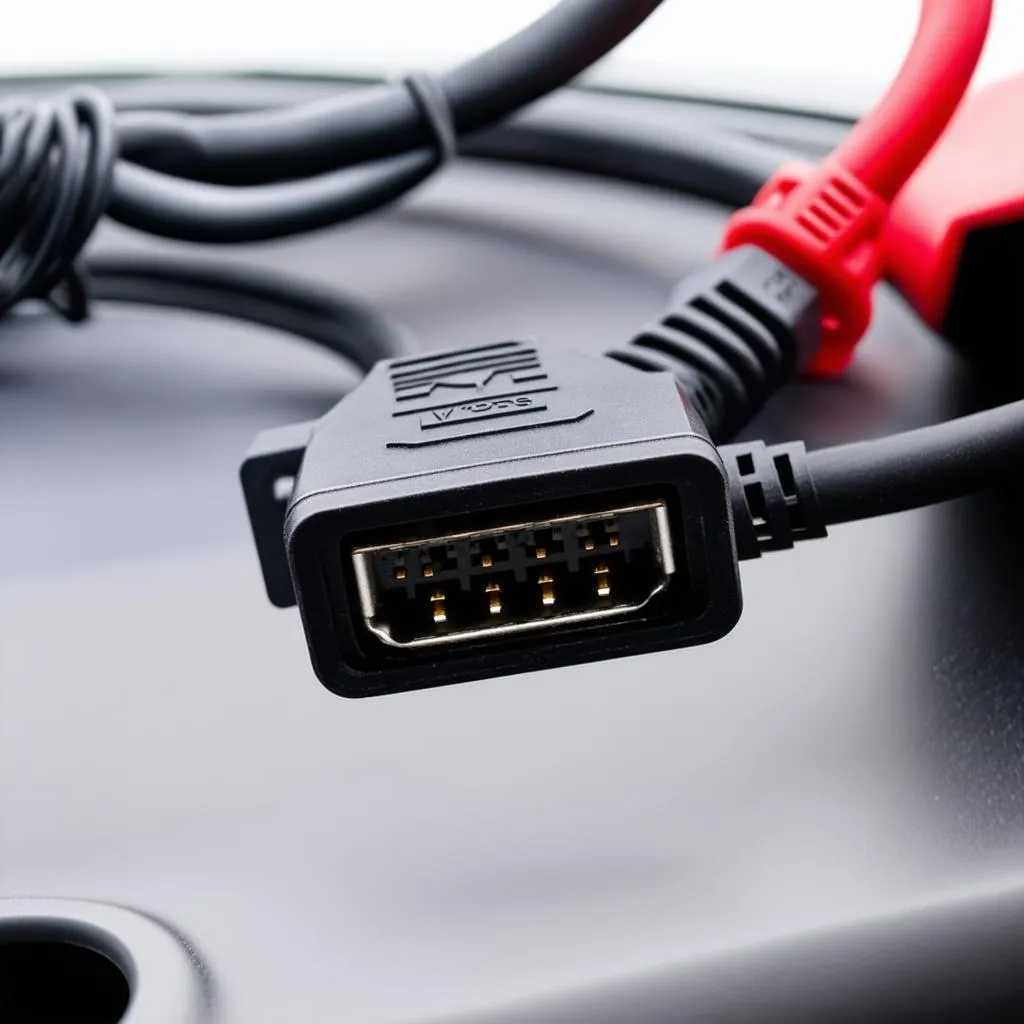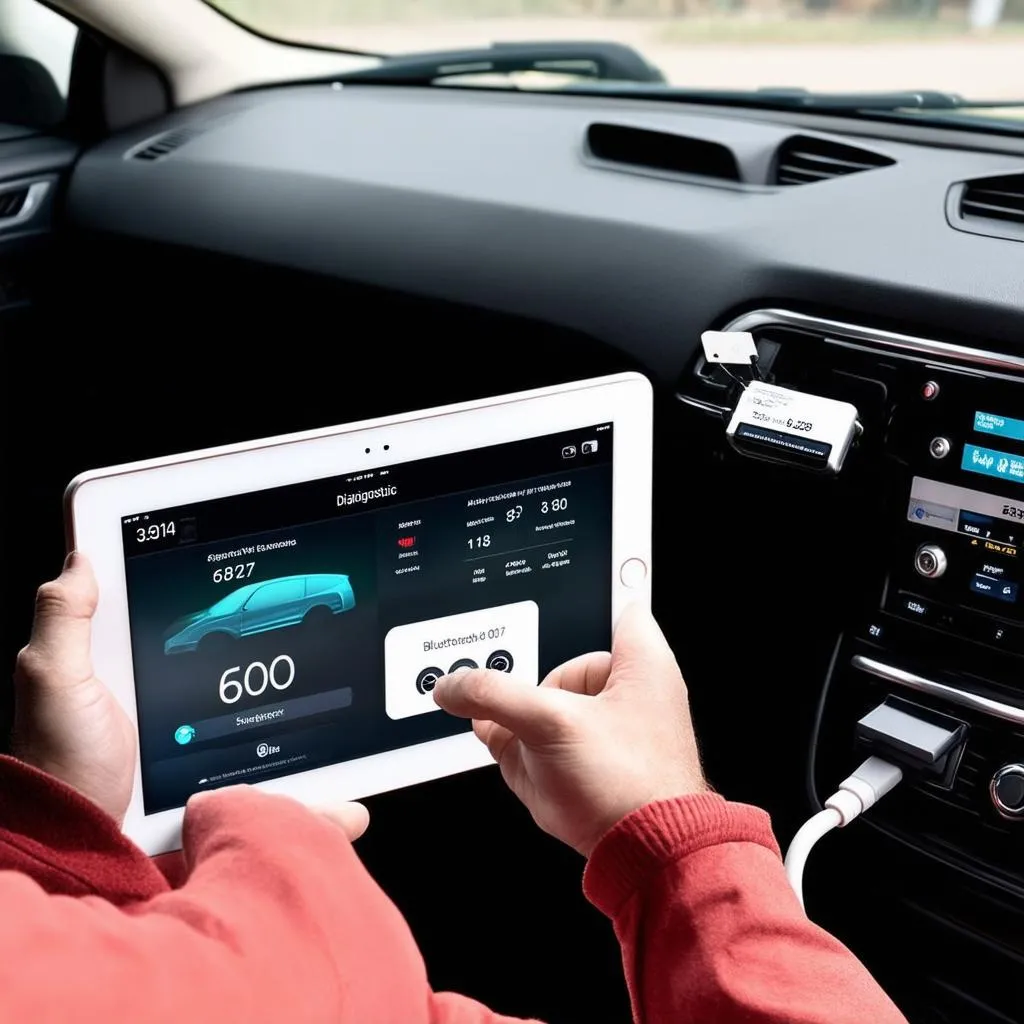VCDS, also known as Vag-Com, is a powerful diagnostic tool for Volkswagen, Audi, Seat, and Skoda vehicles. Understanding VCDS instructions is crucial for effectively troubleshooting and resolving car issues. This guide provides a detailed walkthrough of using VCDS, covering everything from basic operations to advanced coding.
Whether you’re a seasoned technician or a car enthusiast, mastering VCDS instructions empowers you to diagnose faults, customize settings, and unlock the full potential of your vehicle. This guide will delve into the intricacies of VCDS, offering practical advice and step-by-step instructions to navigate its functionalities. We’ll explore various applications, common issues, and troubleshooting tips.
What sets VCDS apart from generic OBD-II scanners is its ability to access manufacturer-specific codes and functionalities. This allows for more precise diagnostics and adjustments. Learning VCDS instructions unlocks a deeper understanding of your car’s systems. It’s a valuable skill for any owner of a VAG vehicle.
Getting started with VCDS involves connecting the interface to your car’s OBD-II port and launching the software on your computer. The interface acts as a bridge, translating communication between the car’s control modules and your computer. From here, you can access various control modules, such as the engine, transmission, ABS, and airbags.
Understanding VCDS Interface and Software
The VCDS interface is a crucial component, enabling communication between your computer and the vehicle’s systems. Ensuring you have the correct drivers installed is essential for seamless operation. You can find helpful resources regarding driver installation, such as vcds driver windows 11. Once connected, the VCDS software presents a user-friendly interface. This interface allows you to navigate through different control modules and access diagnostic trouble codes (DTCs).
Reading DTCs is a fundamental function of VCDS. These codes pinpoint specific malfunctions within the vehicle’s systems. Understanding these codes is essential for accurate diagnosis and repair. After identifying a DTC, you can use VCDS to clear the code after the issue has been resolved.
Diagnosing and Clearing Trouble Codes with VCDS
VCDS provides detailed information about each DTC, including its description and possible causes. This information helps you pinpoint the root cause of the problem. It’s also important to check for any pending DTCs, which indicate intermittent faults that haven’t yet triggered a warning light.
Advanced VCDS Functions: Coding and Adaptations
Beyond basic diagnostics, VCDS allows for coding and adaptations. Coding involves changing the configuration of various control modules. This enables features such as automatic locking, daytime running lights, and convenience features. Adaptations, on the other hand, allow for fine-tuning specific parameters within a control module. This can be useful for calibrating sensors or adjusting actuator settings. Accessing certain functions may require a valid login code for the specific control module. You can find additional information about login procedures on resources like vcds mobile login password.
Common VCDS Troubleshooting Tips
Occasionally, you might encounter communication errors or other issues while using VCDS. Ensuring the interface is properly connected and the drivers are up to date is the first step. Checking the software version and compatibility with your vehicle is also crucial. For specific operating system compatibility, you can explore resources like vcds on windows 10. Sometimes, a simple restart of the software or the computer can resolve the issue.
Using VCDS for Specific Modifications
VCDS can be utilized for a variety of modifications, including DCC deletion. This process involves reprogramming the suspension control module to disable the Dynamic Chassis Control system. Detailed instructions for this procedure can be found on specialized resources such as dcc delete vcds. Another example is downloading specific software versions onto control modules using VCDS. Resources like vcds скачать provide guidance on this process.
Conclusion
Mastering VCDS instructions is essential for anyone looking to delve deeper into their VAG vehicle’s diagnostics and customization. From reading and clearing trouble codes to performing coding and adaptations, VCDS offers a comprehensive suite of tools. By understanding the interface, software functionalities, and troubleshooting tips, you can unlock the full potential of this powerful diagnostic tool. Remember to always consult reliable resources and proceed with caution when making any changes to your vehicle’s systems.
FAQ
- What is VCDS? VCDS is a diagnostic software and hardware interface for VAG vehicles.
- How do I connect VCDS to my car? Connect the VCDS interface to your car’s OBD-II port and your computer.
- What can I do with VCDS? Diagnose faults, customize settings, and access advanced functionalities.
- Where can I find VCDS instructions? This guide and online forums provide helpful resources.
- What if I encounter errors? Check connections, drivers, and software compatibility.
- Can I use VCDS to code my car? Yes, VCDS allows for coding and adaptations.
- Is VCDS safe to use? Yes, when used correctly and with proper research.
Need assistance? Contact us via Whatsapp: +1 (641) 206-8880, Email: [email protected] or visit us at 276 Reock St, City of Orange, NJ 07050, United States. We have a 24/7 customer support team.



